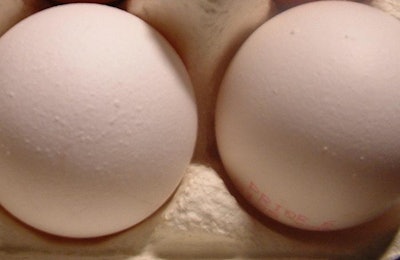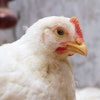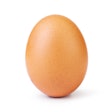
Larry Sadler, Ph.D., recently named the new vice president of animal welfare for United Egg Producers (UEP), discussed the commitment of companies to sell cage-free eggs by a certain future date at the 2017 Live Production, Welfare and Biosecurity Convention, on September 19 in Nashville, Tennessee.
“229 grocery companies or food companies have made cage-free commitments,” Sadler said.
If those companies keep their commitment, that would mean 223 million layers would need to be cage-free by 2025. That would cost industry producers $10 billion to convert housing systems currently used in the U.S. “This change may not be reasonable with only seven years to get there,” said Sadler.
Of the commitments already made, 55 percent of them come from the grocery store sector.
“That’s a huge commitment for them to say we are not going to have anything on the shelves anymore other than cage-free,” he added.
Some have posed the question: Will grocery stores really keep their commitment? Sadler suggested that he does believe restaurant chains are likely to stick to their agreement of going to cage-free eggs.
According to the latest USDA estimates, current non-organic cage-free hens housed represent only 9.3 percent of the U.S. total. For producers to meet customer demands if the future purchase pledges are acted upon, cage-free egg production would have to get up to 72 percent within the next seven years. “This is a very monumental thing for the industry,” said Sadler.
Company policy going forward
Many of the companies did not give a definition of what cage-free would mean. The UEP developed a cage-free definition just this year. “I think a lot of companies will latch onto this and say this is what I’m looking at in terms of cage-free,” he said. These guidelines can be found on the UEP website. Although UEP just developed a definition this year, it has had cage-free standards since 2006.
Due to companies not defining cage-free eggs individually, it is unclear which housing systems will meet their standards in the future, Sadler explained. The UEP has identified five basic cage-free systems.
Meet Larry Sadler
Sadler has dual bachelor of science degrees in agriculture business and animal science from Iowa State University (ISU). While at ISU, he also received a master’s degree in animal physiology, with an emphasis on ethology and a doctorate in biomedical sciences. He held various positions in meat production and processing, before returning to ISU to secure his master’s and doctorate degrees in animal behavior and welfare.
Sadler was raised on a cattle farm in northeast Iowa, where he still participates in the family business. His background in farm production combined with business experience and perspective give Sadler an interesting view of the industry. Sadler also holds beef quality, pork quality and food safety certifications.
Sadler most recently served as head of animal welfare for Kraft Heinz before taking on his new position with the UEP.
Comprehensive resource for cage-free eggs available
A new collection of exclusive articles, blogs and infographics on Cage-free Eggs and Consumer Trust in the Poultry Industry, written by trusted WATT Global Media editors and industry experts will equip egg producers and marketers with information to help them make critical business decisions. Purchase your copy.

















